Radical Nature, at the Barbican in London, investigates nature and design.
August 20th, 2009
The relationship between architecture and nature is constantly evolving, and over the past forty years this relationship has had to be dramatically re-evaluated. ’¨’¨
Radical Nature, an exhibition currently showing at London’s Barbican, explores ideas that have emerged from Land Art, environmental activism, experimental architecture and utopianism. ’¨’¨The first exhibition of its kind, it brings together key artists and architects from the last forty years who have created visionary works and solutions addressing our changing environment.
In the past, the natural world has often been idealised or disconnected from our built environment, particularly in densely urban areas. Since the 1960s, the perception of the natural world as being pure and distant has been overtaken by an awareness of environmental issues – as the increasingly evident degradation of the planet has infiltrated the wider consciousness, it has in turn informed the practice of architects and artists exploring the relationship between nature and the built environment.
The exhibition celebrates the work of contemporary artists, while revealing the roots of such work in the revolutionary vision of pioneers such as Beuys, Buckminster Fuller and Denes.
Radical Nature also features a specially commissioned off-site installation in East London by the experimental architectural collective EXYZT. The Dalston Mill transforms a disused site into a summer retreat, reclaiming wasteland and integrating it into the urban environment.
Hero Image: Richard Buckminster Fuller
US Pavilion for Expo 67, 1967
Commissioned by the United States Information Agency for the Montreal World Fair
Courtesy The Estate of R. Buckminster Fuller
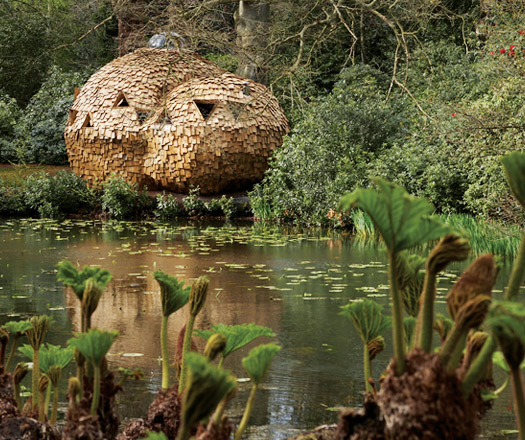
Heather and Ivan Morison
I am so sorry. Goodbye, 2008
Originally commissioned for Tatton Park Biennial 2008
Courtesy the artists
Photo: Wig Worland
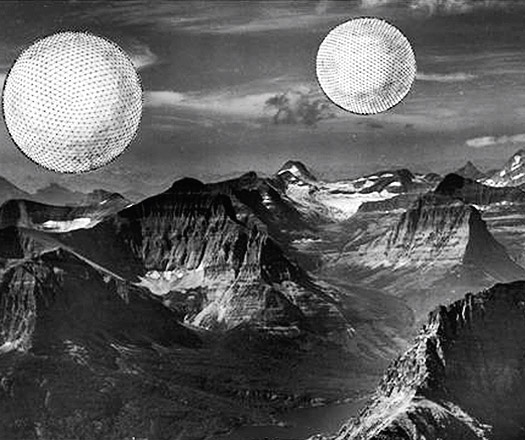
Richard Buckminster Fuller and Shoji Sadao
Project for Floating Cloud Structures (Cloud Nine), ca.1960
Courtesy The Estate of R. Buckminster Fuller
INDESIGN is on instagram
Follow @indesignlive
A searchable and comprehensive guide for specifying leading products and their suppliers
Keep up to date with the latest and greatest from our industry BFF's!
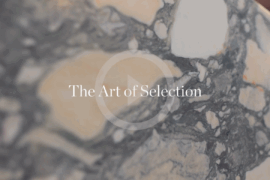
CDK Stone’s Natasha Stengos takes us through its Alexandria Selection Centre, where stone choice becomes a sensory experience – from curated spaces, crafted details and a colour-organised selection floor.

For a closer look behind the creative process, watch this video interview with Sebastian Nash, where he explores the making of King Living’s textile range – from fibre choices to design intent.
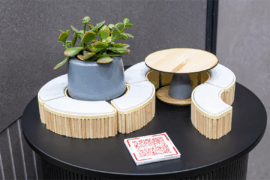
From the spark of an idea on the page to the launch of new pieces in a showroom is a journey every aspiring industrial and furnishing designer imagines making.

In an industry where design intent is often diluted by value management and procurement pressures, Klaro Industrial Design positions manufacturing as a creative ally – allowing commercial interior designers to deliver unique pieces aligned to the project’s original vision.

Ahead of Sydney Indesign 2015, we chat with Industrial Designer Jouni Jarvela.
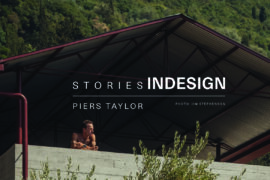
Piers Taylor joins Timothy Alouani-Roby at The Commons to discuss overlaps with Glenn Murcutt and Francis Kéré, his renowned ‘Studio in the Woods,’ and the sheer desire to make things with whatever might be at hand.
The internet never sleeps! Here's the stuff you might have missed
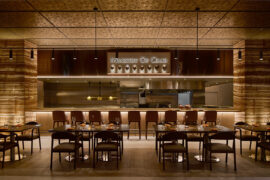
After more than two decades at Architects EAT, Eid Goh launches AIR, a new Melbourne-based studio focused on adaptive reuse, hospitality and human-centred design across commercial and civic projects.

The Simple Living Passage marks the final project in the Simple World series by Jenchieh Hung + Kulthida Songkittipakdee of HAS design and research, transforming a retail walkway in Hefei into a reflective public space shaped by timber and movement.